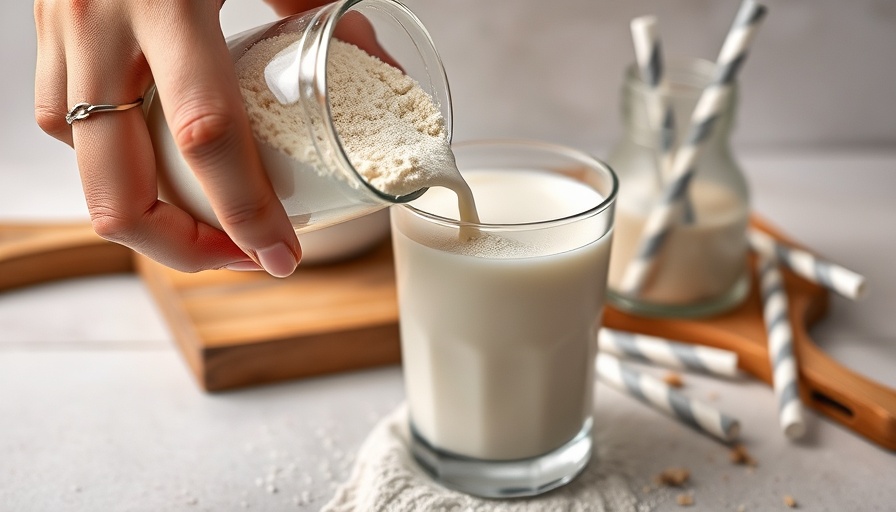
Water vs. Milk: The Great Protein Powder Debate
Deciding whether to mix your protein powder with water or milk can be a crucial choice for enhancing your nutritional intake. Each option has unique benefits, and understanding these can help you tailor your protein shake to your dietary needs and preferences. Water is a popular choice for those aiming for a more calorie-conscious option. It provides essential hydration without adding any additional fats or sugars, making it suitable for those following a clean eating or anti-inflammatory diet.
Why Milk Could Be Worth Considering
On the other hand, using milk in your protein shake adds a creamy texture and enhances the nutritional profile. Milk is rich in calcium, which supports strong bones, and provides additional protein per serving, contributing to your daily balanced nutrition goals. Furthermore, the lactose in milk might offer gut health benefits, especially if you opt for organic food benefits, ensuring the absence of processed additives.
The Taste Factor: Which One Wins?
Taste can play a significant role in your decision as well. Water results in a lighter flavor that some may find less appealing, while milk generally enhances sweetness and creaminess, potentially making your beverage a treat rather than just a supplement. If you dislike the taste of plain water, mixing your protein with milk can make it a more delightful part of your daily routine.
Practical Tips for Choosing
When considering what to mix with your protein powder, think about your overall health goals. If you’re focused on muscle recovery and growth, mixing with milk may support those goals better than water. However, if your priority is hydration or weight management, water could be the smarter choice. Ultimately, both options can fit well into a whole foods diet. Experiment with both to determine which aligns best with your taste preferences and nutritional needs.
Final Thoughts: What Will You Choose?
Your choice between milk and water for protein powder can impact not only how your shake tastes but also how it supports your health objectives. Whether you value extra protein from milk or the simplicity of water, remember that your personal health journey is what matters most. For tailored nutritional advice, don’t hesitate to reach out. Contact us today at 984-238-6164 or email us at tom@mywellnesstrain.com.
 Add Row
Add Row  Add
Add 




Write A Comment